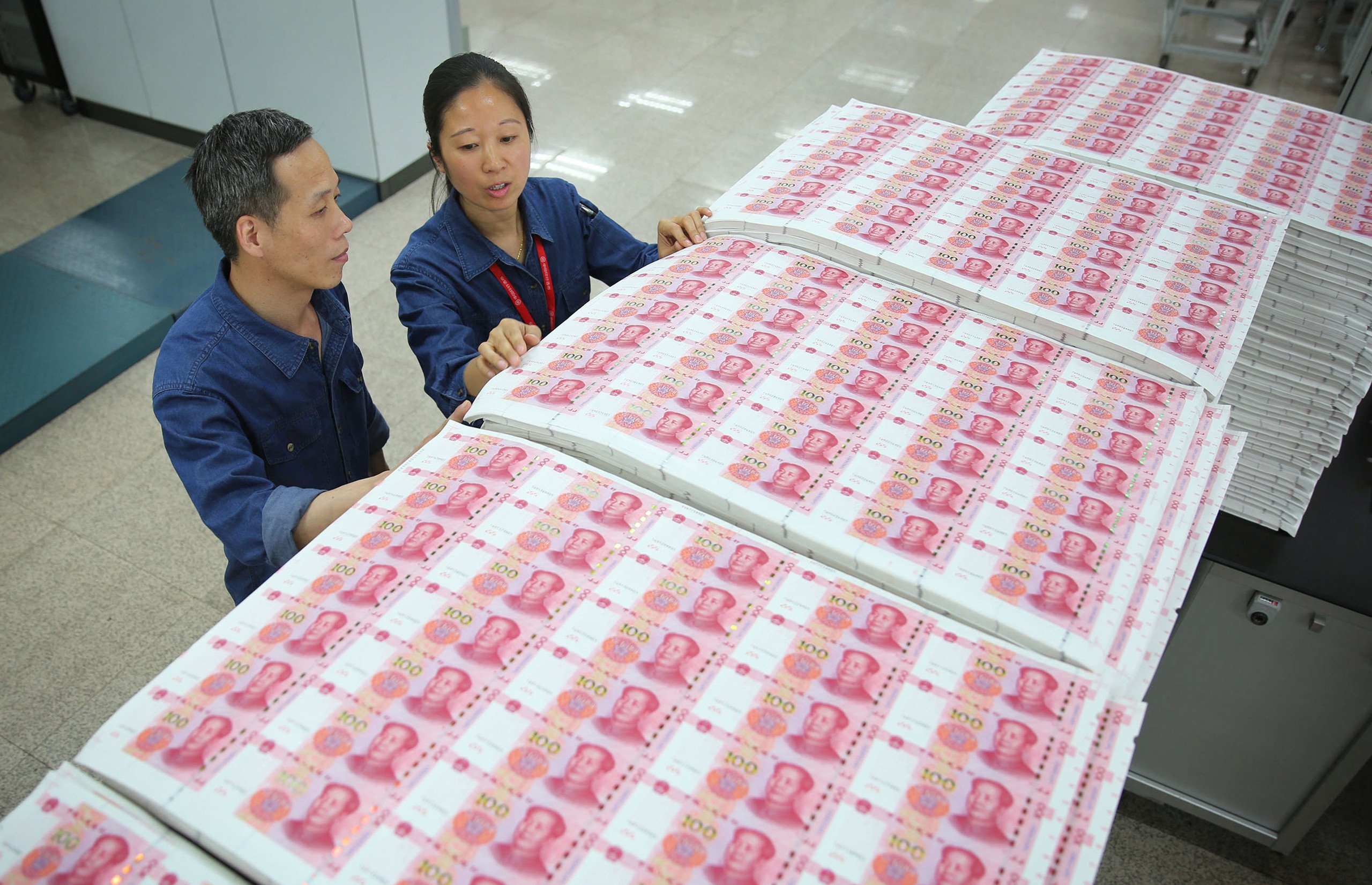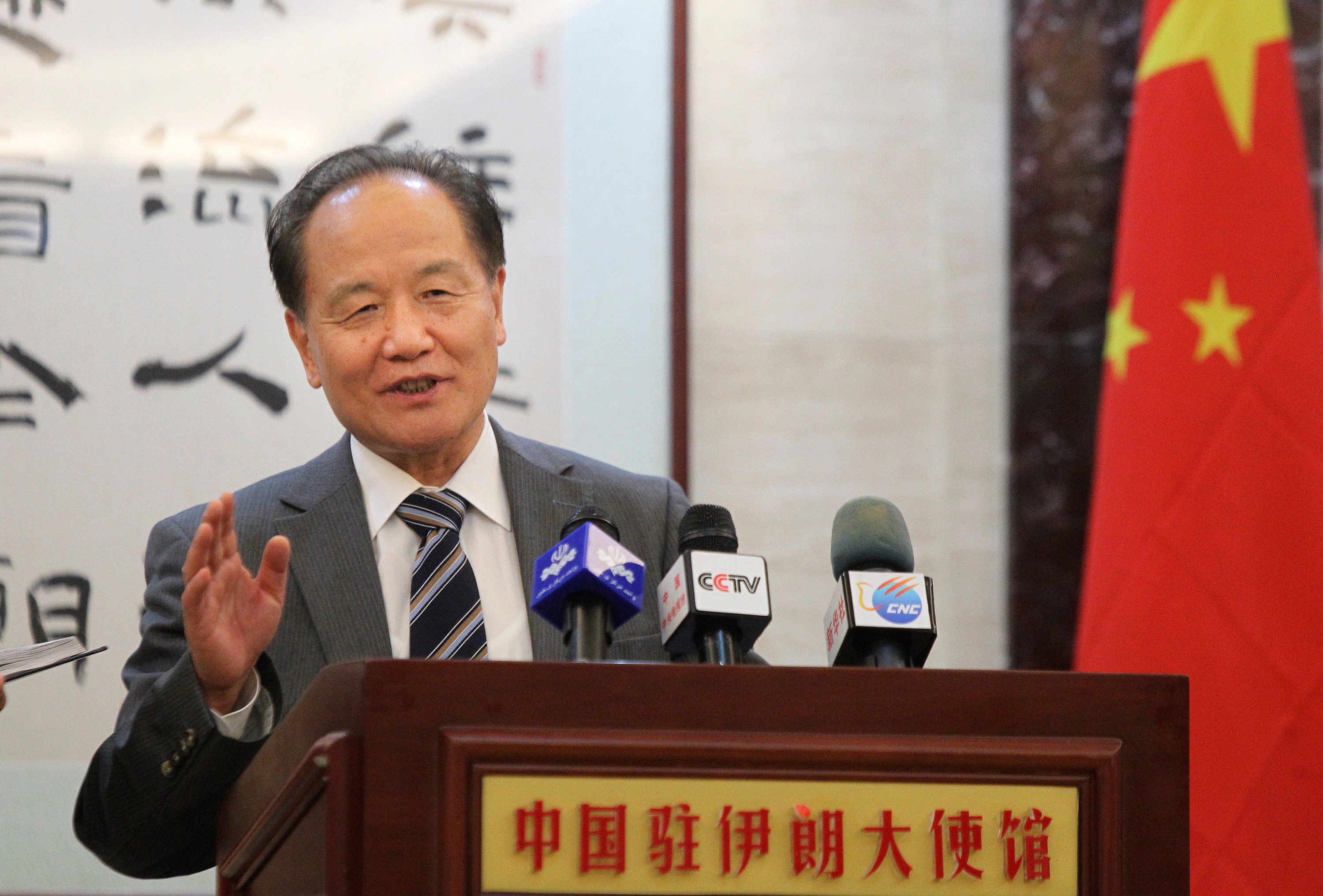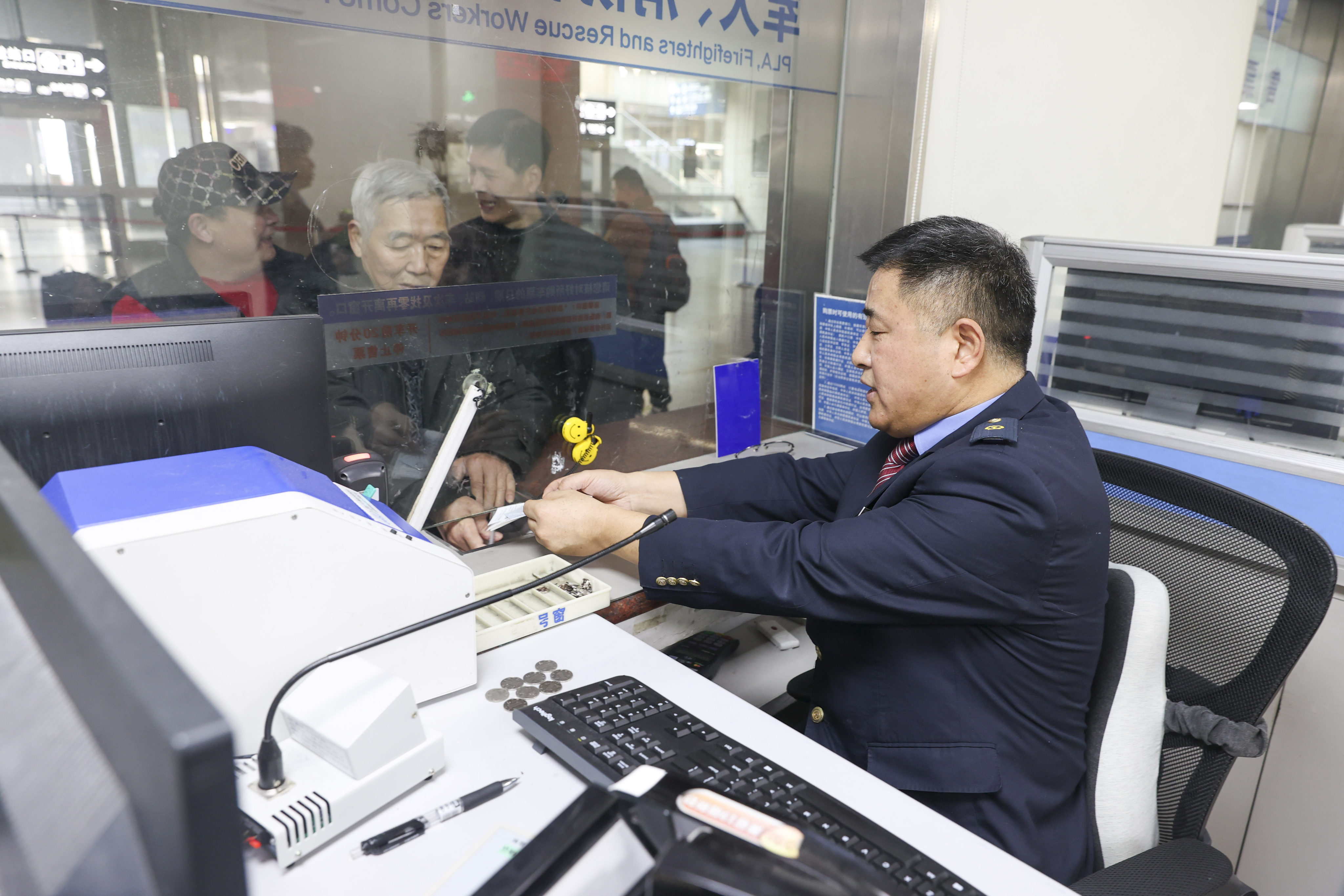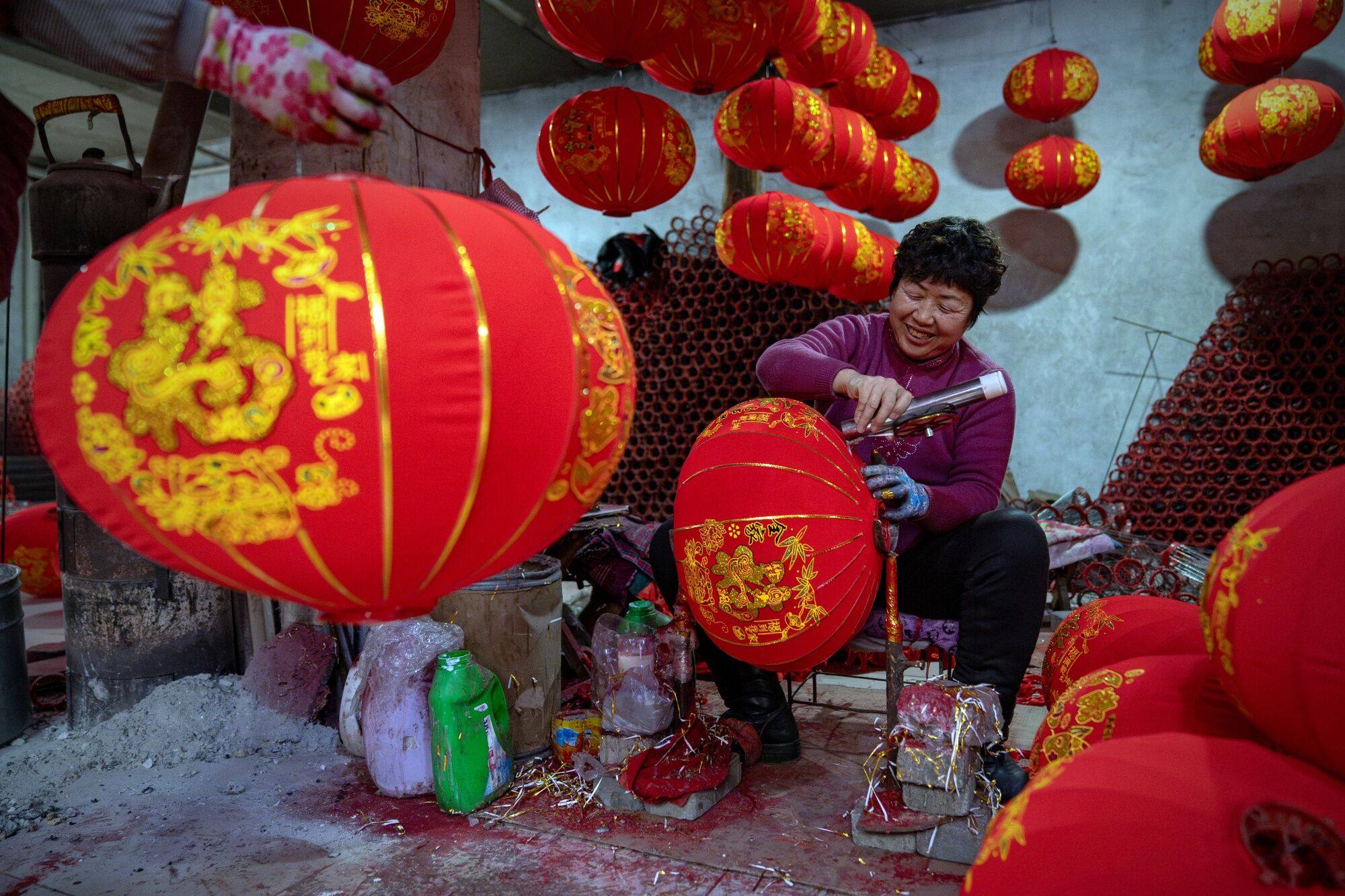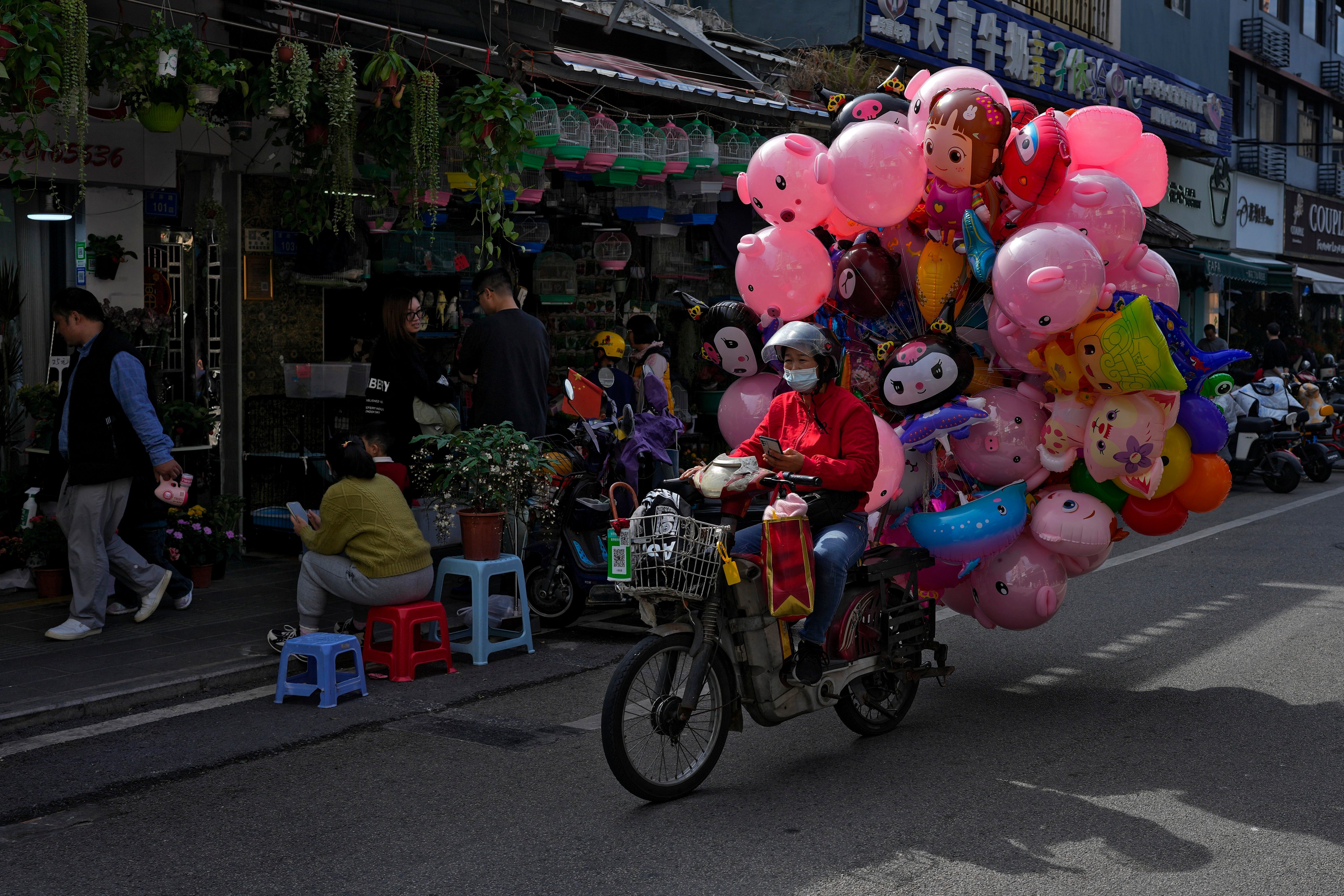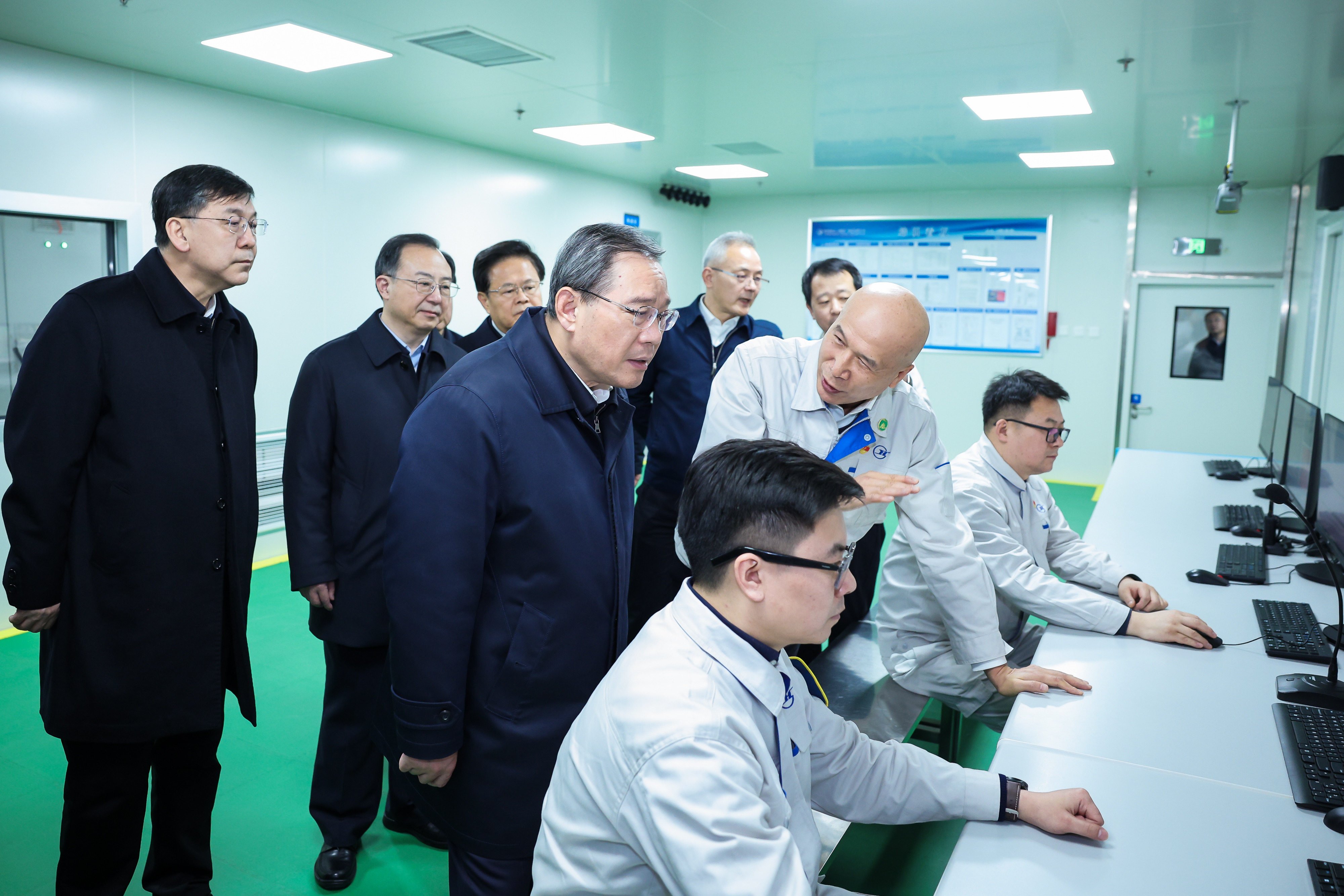
Topic
This topic charts China's economic recovery as it, in 2023, enters an era of slower growth, along with an ageing and shrinking workforce, weak consumer demand and a property market downturn.
China’s Communist Party leaders set the tone for national parliamentary sessions in March and stress need for wider focus.
Despite all the challenges it faced, Beijing recorded growth of 5.2 per cent last year and, by continuing on an innovative path, long-term prospects appear good.
- After ride-hailing services were temporarily banned at a Shanghai airport, analysts worry the move will dampen business and consumer confidence
- ‘Sweeping’ move shows regulatory action can be hard and swift, they said, and could put a damper on private sector activity
Some of China’s biggest provincial economies are looking to expand and diversify their financial resources this year, largely to fund economy-boosting construction projects, but analysts say this could run counter to Beijing’s de-risking campaign.
Several economic researchers and observers have emphasised the need for measures to boost demand, particularly direct cash payments to households, but have lamented such action is unlikely to be taken at present.
China’s other sectors like electric vehicles and demand from India are likely to offset some impact, but exporters will have to seek newer markets, analysts say.
Foreign visitors to mainland China say they are more willing to visit and splash out hundreds of US dollars a day on flights, retail spending and dining if they can get in for free and avoid a lengthy application process.
Analysts said the purchasing managers’ index (PMI) readings for January added to evidence that growth momentum in China is in the midst of a renewed recovery.
Wu Sike, special envoy for the Middle East from 2009-14, says China can bank on ‘long-standing friendly’ ties to provide strategic support in the region.
After China’s GDP growth surpassed expectations in 2023, the US-based research firm says Beijing needs to acknowledge that slower annual growth in the range of 3-4 per cent ‘is here to stay’.
To guarantee a ‘good start’ to the year and a jump on sustained economic recovery, a Chinese ministry has told leaders of major regions to keep up manufacturing in 2024 as the country prepares for the Lunar New Year holiday.
Sunac China Holdings, Shimao Group, CIFI Group and Country Garden Holdings are among property developers whose projects have been included in ‘whitelists’, a mechanism that qualifies their projects for financial support from banks.
China’s Caixin/S&P Global services purchasing managers’ index (PMI) edged down to 52.7 in January from 52.9 in December, data released on Monday showed.
Renewed focus on self-sufficiency comes as US tensions, climate change and supply chain worries over Ukraine war weigh on global market outlook.
Sentiment has waned and some potential homebuyers would rather extend their leases instead of buying a home, China Index Academy analyst says.
Recent comments from officials, as well as years of tension over trade, indicate regulatory action may be taken by the US to limit the potential of China’s electric vehicle industry – which could sour efforts to boost economic growth and export activity.
Gold’s rising role as a safe-haven investment in China has made it the world’s top buyer while traditional assets such as real estate and stocks are seen as more risky.
International Monetary Fund (IMF) expects China’s economy to grow by 4.6 per cent in 2024, the Washington-based institution said as it released a review of its Article IV consultation on Friday.
Small and micro-sized firms are considered vital to the health of China’s overall economy, and a new report offers suggestions for financial institutions and governments to empower growth and enhance resilience.
Lack of detail on a crucial economic policy meeting, along with other messaging that indicates emphasis on political cohesion, suggests growth and recovery are still not top of mind for China’s leadership.
Analysts continue to call for more aggressive stimulus measures to invigorate the job market, after employees saw salaries suffer their biggest quarterly decline in years across dozens of major Chinese cities.
China’s Caixin/S&P Global manufacturing purchasing managers’ index (PMI) remained unchanged at 50.8 in January, data released on Thursday showed.
China confirmed its economy grew by 5.2 per cent in 2023, revealed that its population fell to 1.4097 billion, and resumed the release of youth-jobless data, with a twist.
Premier Li Qiang visited hi-tech manufacturing companies during a two-day trip to the central province of Shaanxi province on Monday and Tuesday, urging firms to increase investment in research and development.
China’s official manufacturing purchasing managers’ index rose slightly to 49.2 in January, but the gauge remained in contraction for a fourth consecutive month, data released on Wednesday showed.
While aiming to counteract US-led tech restrictions, Shenzhen intends to achieve a massive industrial output of more than US$209 billion in strategic emerging industries this year.
After opening last month, China’s first fully automated port container terminal is already setting records.
Berlin economic report says China’s once ‘huge’ lead waned heavily last year, and the trend looks to intensify as the US and Chinese economies head in ‘opposite directions’.

.jpg?itok=oxpH7B-e&v=1706840013)










